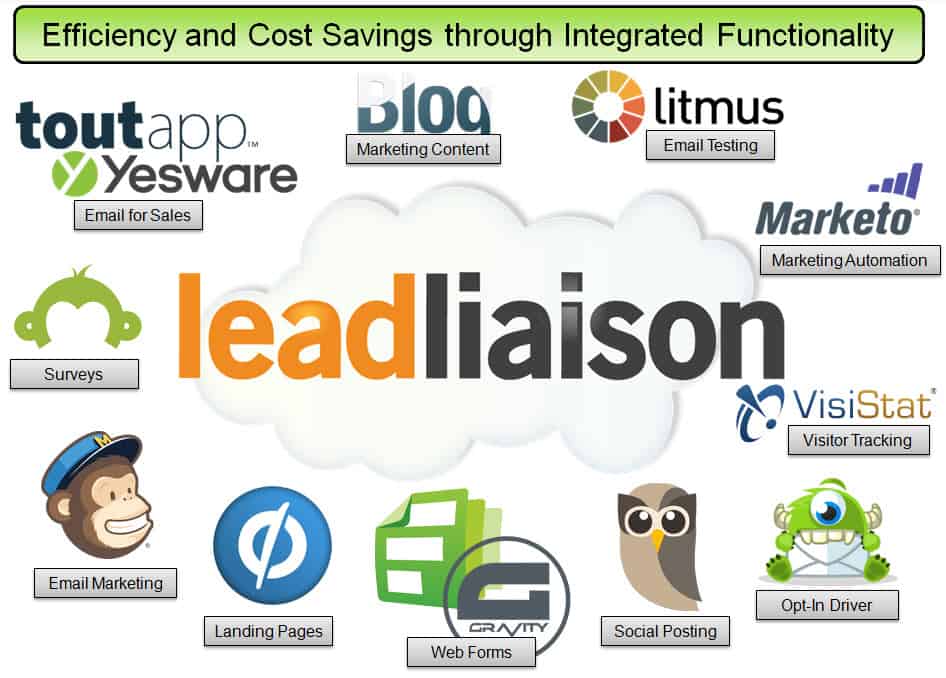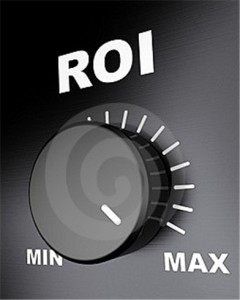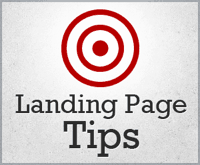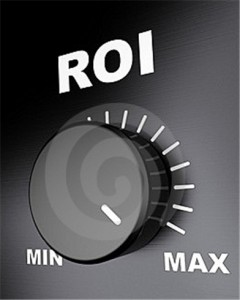How to Build a Strong Business Case for Switching to Marketing Automation
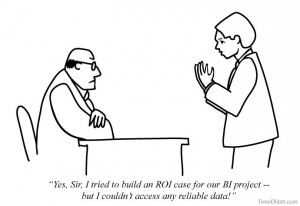 Marketing automation is one of the most important new practices a business needs to pursue to be competitive in the digital world, as any savvy marketing professional is already aware. However, even if an organization knows there might be a better marketing and sales process out there, it can be difficult to get an entrenched sales or marketing team to change the way they do things. Here are a few ways that you can build a strong business case for switching to marketing automation that you can pitch to your team.
Marketing automation is one of the most important new practices a business needs to pursue to be competitive in the digital world, as any savvy marketing professional is already aware. However, even if an organization knows there might be a better marketing and sales process out there, it can be difficult to get an entrenched sales or marketing team to change the way they do things. Here are a few ways that you can build a strong business case for switching to marketing automation that you can pitch to your team.
Focus on the Specific Marketing Challenges your Business is Faces
When trying to figure out in what different ways your business will benefit from the implementation of marketing automation tools, first examine your current marketing and sales systems to see what their biggest weaknesses are. Download our sales and marketing alignment template to do an internal assessment of your company’s sales and marketing processes. Examine the current methods of lead generation, lead nurturing and lead scoring and see what is developing the strongest and weakest results. Look at how marketing automation can revitalize weaker processes – for example, by turning a lackluster lead nurturing program into a multi-tiered system that is intensifies as a lead demonstrates more interest in your services – and clearly communicates benefits.
Illustrate the Broader Benefits of Marketing Automation
After taking some time to examine specific areas in which marketing automation provides noticeable improvements, think about ways that marketing automation can bring broader positive benefits to your business as a whole. Marketing automation can help bring immediate improvements to things like internal communications, instantly streamlining the way that sales and marketers share information. A successful marketing automation program can also yield significant improvements to the overall organization of your business, and can help you improve structurally. Finally, marketing automation yields higher lead generation and decreases conversion time, making it simply a profitable sales and marketing tool for almost any business to take advantage of.
Use Specific Tools to Encourage the Adoption of Marketing Automation
There is a large amount of very convincing data available about the effectiveness that is at the tip of your fingers. Case studies are a wonderful way to illustrate how other similar sized companies went about implementing marketing automation, and gives direct examples of the benefits they enjoyed afterward. Have a full picture of statistics on how your current marketing tools are performing, and how they might improve with the implementation of marketing automation. And, finally, do your research. Be prepared for any questions that might come your way. If you are already getting pushback on marketing automation, you should have some idea of why it is being opposed – understand that viewpoint, and be prepared to counter it.
If you stick to these basic strategies, you should be able to develop a strong business case for switching to marketing automation. Learn more about marketing automation and how your business can benefit from it Lead Liaison’s marketing automation resource blog.

